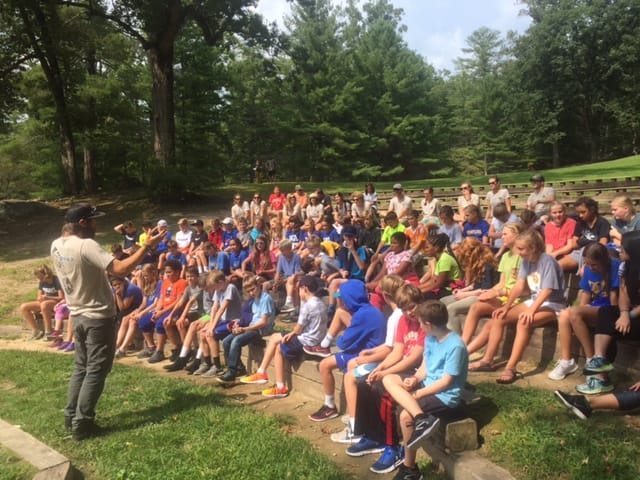One of the first questions we hear from families and students is, “What will I be eating at Adventure Treks? Is it only going to be freeze-dried meals or granola bars?” Fortunately, the answer is, “No way!” A big component of a successful Adventure Treks trip is food. We eat well at every meal, and we have as much fresh food (including fruits and vegetables) as possible. Below, our logistics coordinator and food guru Kate Brown addresses a few common concerns.
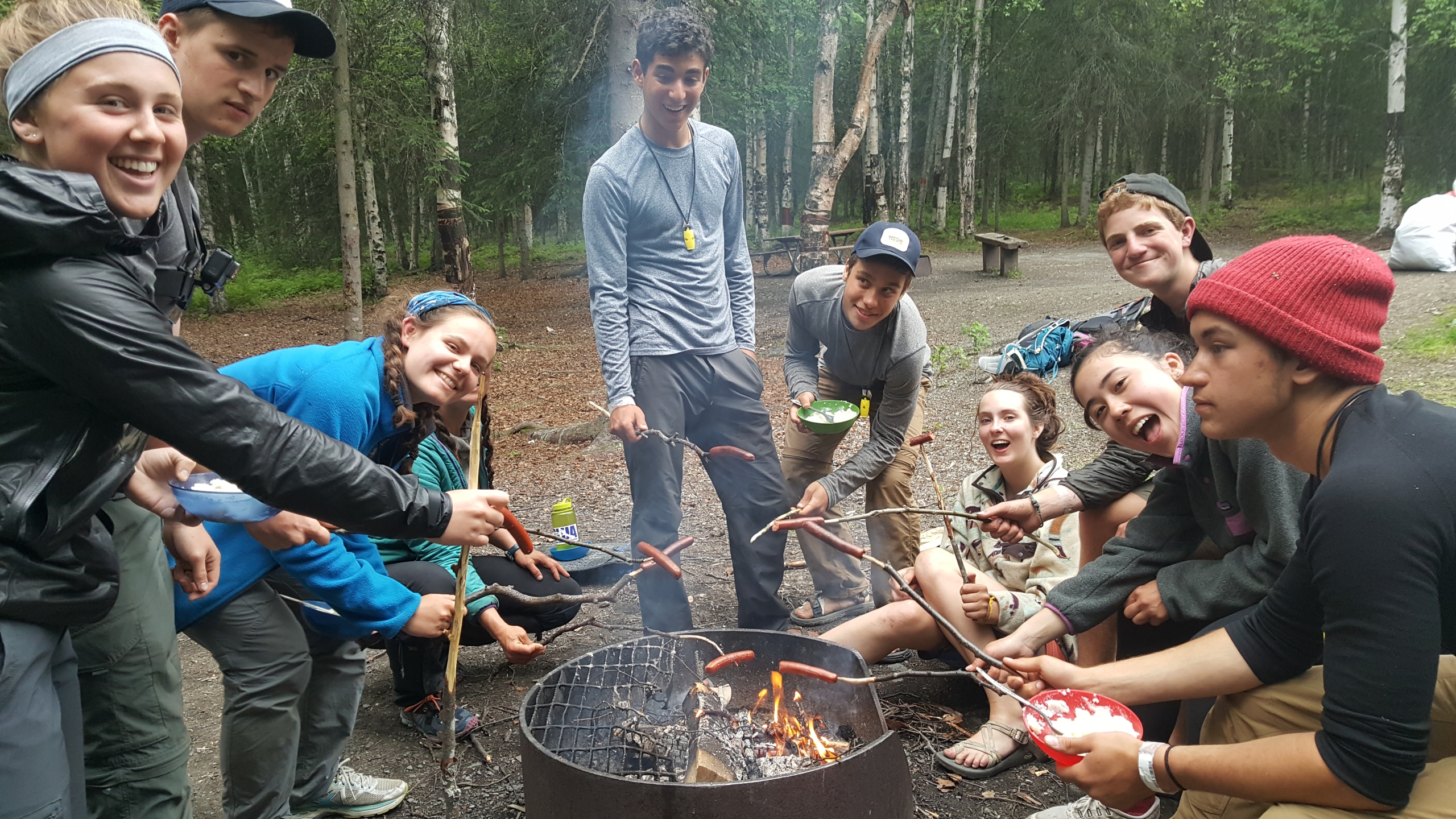 Will my kid go hungry?
Will my kid go hungry?
Definitely not. We always extra food available at Adventure Treks. A meal with the right number of portions is always one that has a little extra at the end. We emphasize having protein at every meal so that students are eating foods that fuel them for whatever outdoor activity they are doing that day.
You might ask, “What if my child does not eat as fast as other students. Will she miss out?” We do something called “seconds” at Adventure Treks to make sure everyone gets enough food. Students take just enough the first time through the meal line to make sure there is food leftover. After a little while, we’ll ask, “Does anyone want seconds?” Any student who is still hungry can go back through the meal line, again leaving enough for everyone to have another helping.
For our “bottomless pit” students, we always provide peanut butter and jelly at every meal, though it is never the main option. During the day, between meals, we always have snacks available for munching like peanut butter pretzels, fresh apples or oranges, different varieties of trail mix, pita chips and hummus, Goldfish, fig bars, or veggie chips!
 I’m worried about the quality of food my kid will eat in an outdoor environment.
I’m worried about the quality of food my kid will eat in an outdoor environment.
We eat real food at Adventure Treks, much like the meals you and your family eat at home. Almost anything you can cook in the kitchen that doesn’t require an oven or microwave can be cooked in the backcountry! However, when we say “backcountry,” that can bring to mind images of vacuum-sealed, dehydrated bags like MRE food. Not only is prepackaged outdoor food expensive, but it also does not taste as good!
At Adventure Treks, we use real ingredients for all of our meals. In the frontcountry, which includes places where we have access to our coolers, we prepare fresh food at almost every meal. We buy non-perishable items (pasta, rice, etc.) before our trip starts, and we restock every two to three days when we are in the frontcountry on fruits, vegetables, dairy, and meat. The meals during backpacking and other backcountry activities are a little more limited than frontcountry meals, but they are still super tasty! We add vegetables to every meal in the backcountry that we can. On days four or five of a backpack, instead of fresh fruit, we may have dried fruit like cherries or raisins as snacks and for breakfast. We spice up food in creative ways during backpacks in a variety of ways, like with sun-dried tomatoes, fancy Parmesan cheese, and lots of spices!
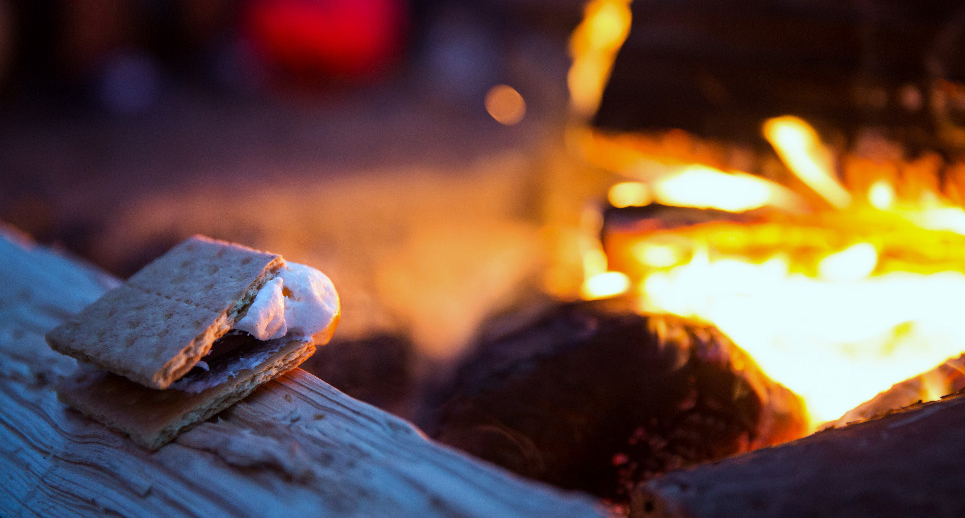 What if my child has dietary restrictions, allergies, or is just a picky eater?
What if my child has dietary restrictions, allergies, or is just a picky eater?
Many of our students have some sort of food allergy, and we are able to accommodate most of them. (If your student does have a food allergy or dietary restriction, we will likely have a phone conversation upon signing up.) Because we have vegetarians on almost every trip, we also make sure there is always a non-meat protein. All of our meals are made buffet-style so that students can create a personalized meal to their liking. Stir fry, for example, would have separate servings of rice, vegetables, chicken, tofu, extra sauces, and spices.
For picky eaters, we ask that they at least try foods at least once. We do provide dessert every evening; after a hot day of climbing it may be fresh watermelon, or we may make hot chocolate at the end of a mountain summit! After being active all day, it’s nice to have a small, sweet reward.
Food is a huge part of the Adventure Treks culture. We find that communities are built around food, and people are generally happier when they are full and have just eaten a delicious meal. Each year, we add new and exciting recipes. Many students and instructors say they eat better at Adventure Treks than they do at home! We are always happy to answer questions about food at Adventure Treks; give us a call anytime at 828-698-0399. If you’d like to see more of the meals that we create on trips, read this blog on meals and this blog on backcountry recipes.

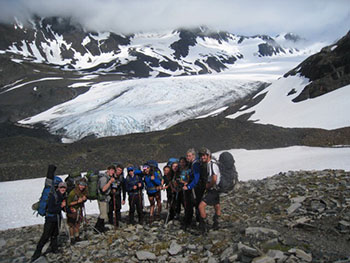 So, Amara, what was your “aha” moment when you realized the impact Adventure Treks has had on your life?
So, Amara, what was your “aha” moment when you realized the impact Adventure Treks has had on your life?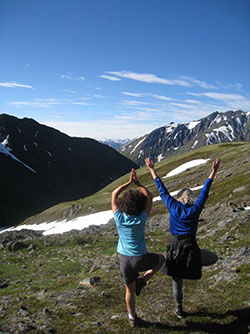 Through AT, I got to meet people with diverse backgrounds. I learned how to respect and engage with them, even if I disagreed with their views.
Through AT, I got to meet people with diverse backgrounds. I learned how to respect and engage with them, even if I disagreed with their views.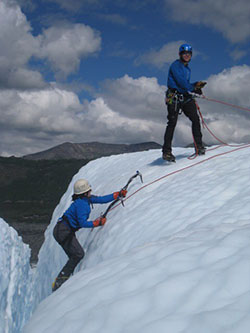 I tell them that I went to an adventure camp. I usually use the words “amazing” and “intense.” And then I often tell them the story of climbing Mt. Adams, because it makes me sound awesome.
I tell them that I went to an adventure camp. I usually use the words “amazing” and “intense.” And then I often tell them the story of climbing Mt. Adams, because it makes me sound awesome.
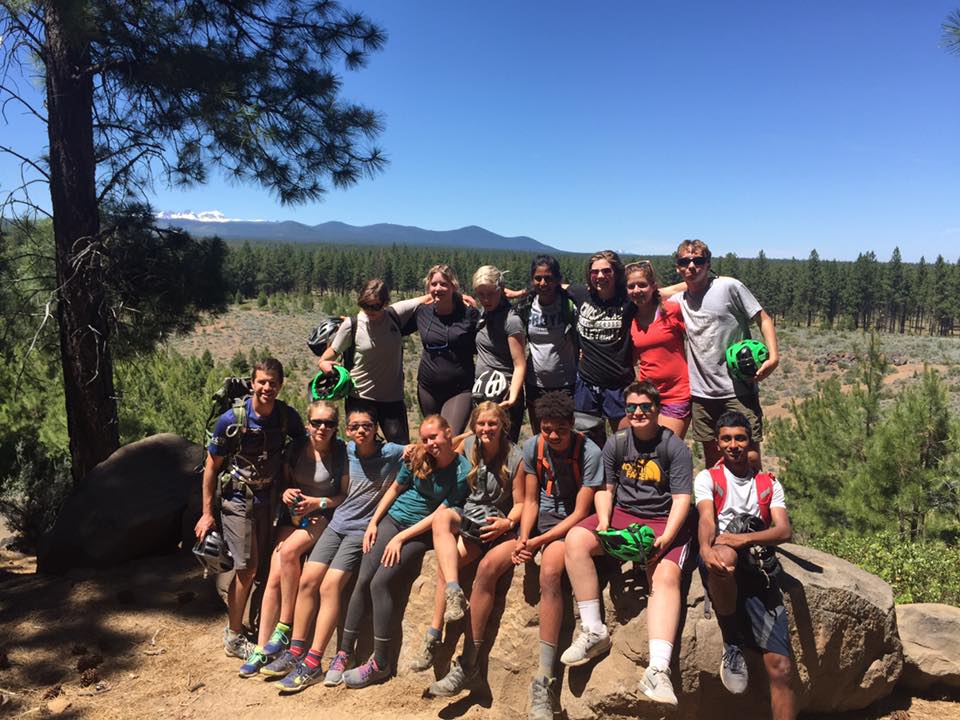 So, Kiko, where are you from?
So, Kiko, where are you from?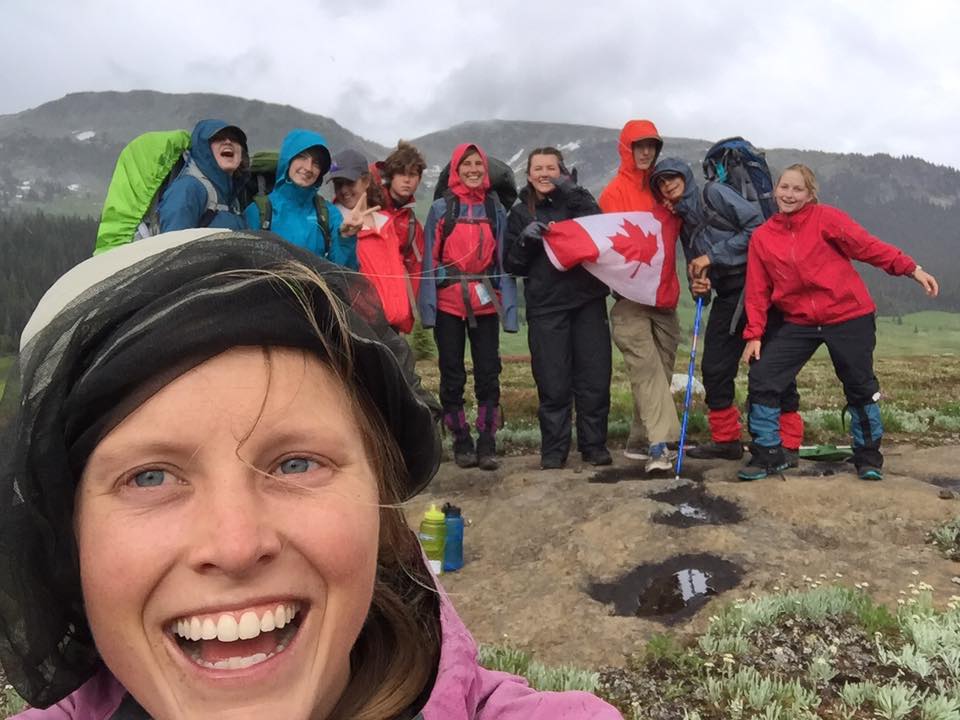

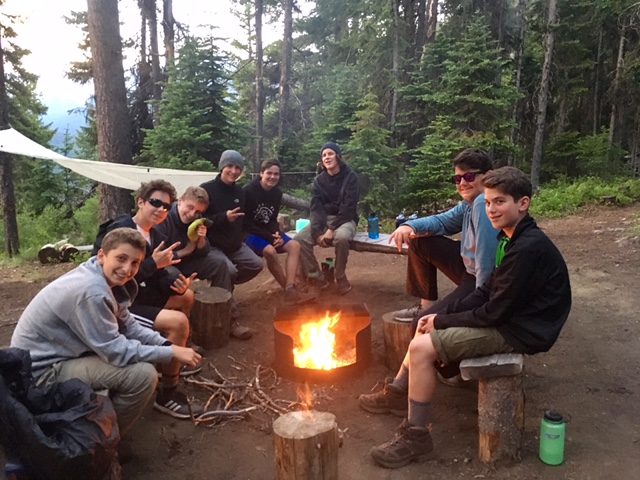
 Cons
Cons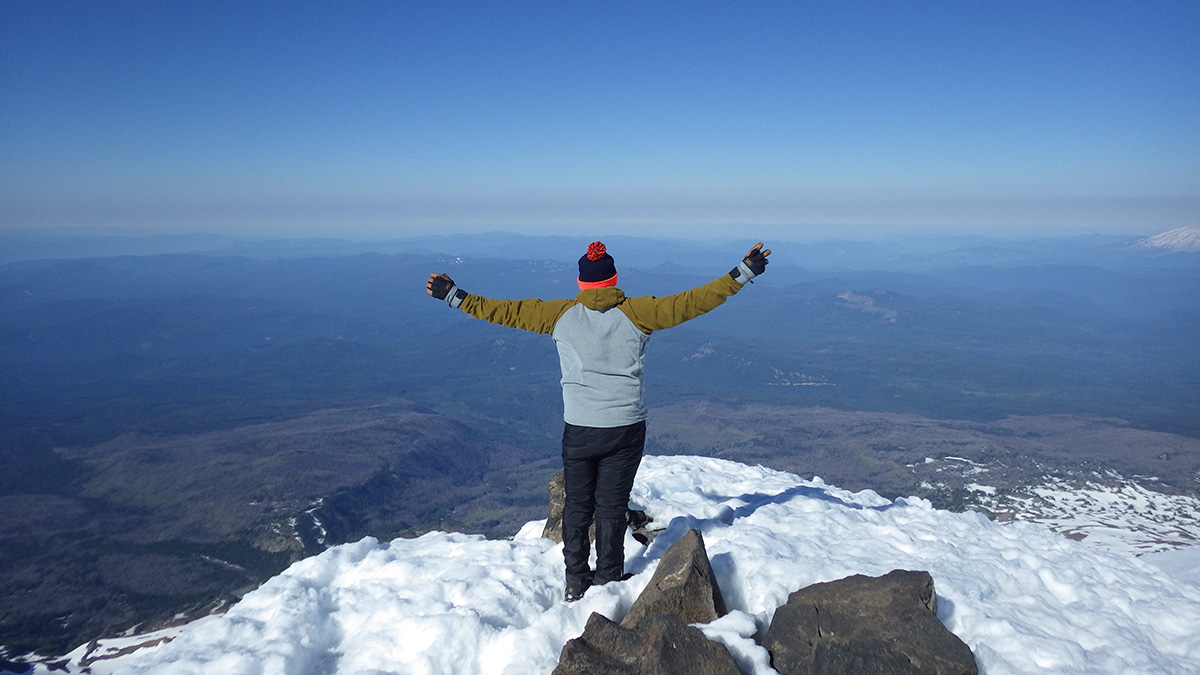
 Don’t Forget the Socks!
Don’t Forget the Socks! 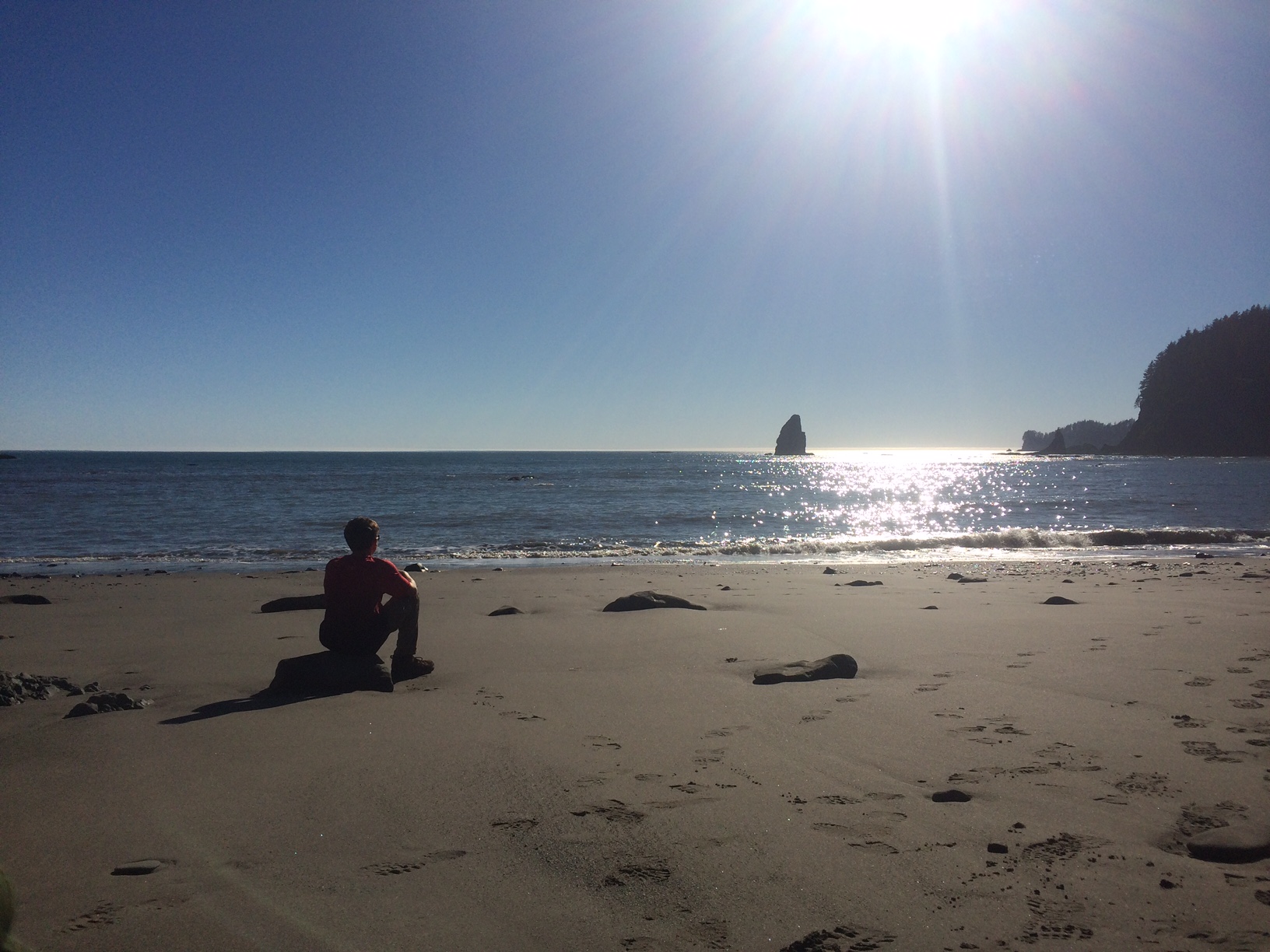 I grew up with six siblings, and when you said you were bored, you stood a good chance of having to get a job. We didn’t have cell phones, laptops, or more than three channels on our TV, which made unstructured playtime a completely different ballgame than what kids are used to this electronics-filled era. These days, we rarely hear “I’m bored” uttered from our kids’ mouths; the second they need something to do, they reach for their phones and tablets—a giant arsenal of immediate entertainment, right in their pockets. Plus, our kids’ lives are so jam-packed with academics, athletics, and clubs that they rarely have time (or the motivation) to simply be left alone.
I grew up with six siblings, and when you said you were bored, you stood a good chance of having to get a job. We didn’t have cell phones, laptops, or more than three channels on our TV, which made unstructured playtime a completely different ballgame than what kids are used to this electronics-filled era. These days, we rarely hear “I’m bored” uttered from our kids’ mouths; the second they need something to do, they reach for their phones and tablets—a giant arsenal of immediate entertainment, right in their pockets. Plus, our kids’ lives are so jam-packed with academics, athletics, and clubs that they rarely have time (or the motivation) to simply be left alone.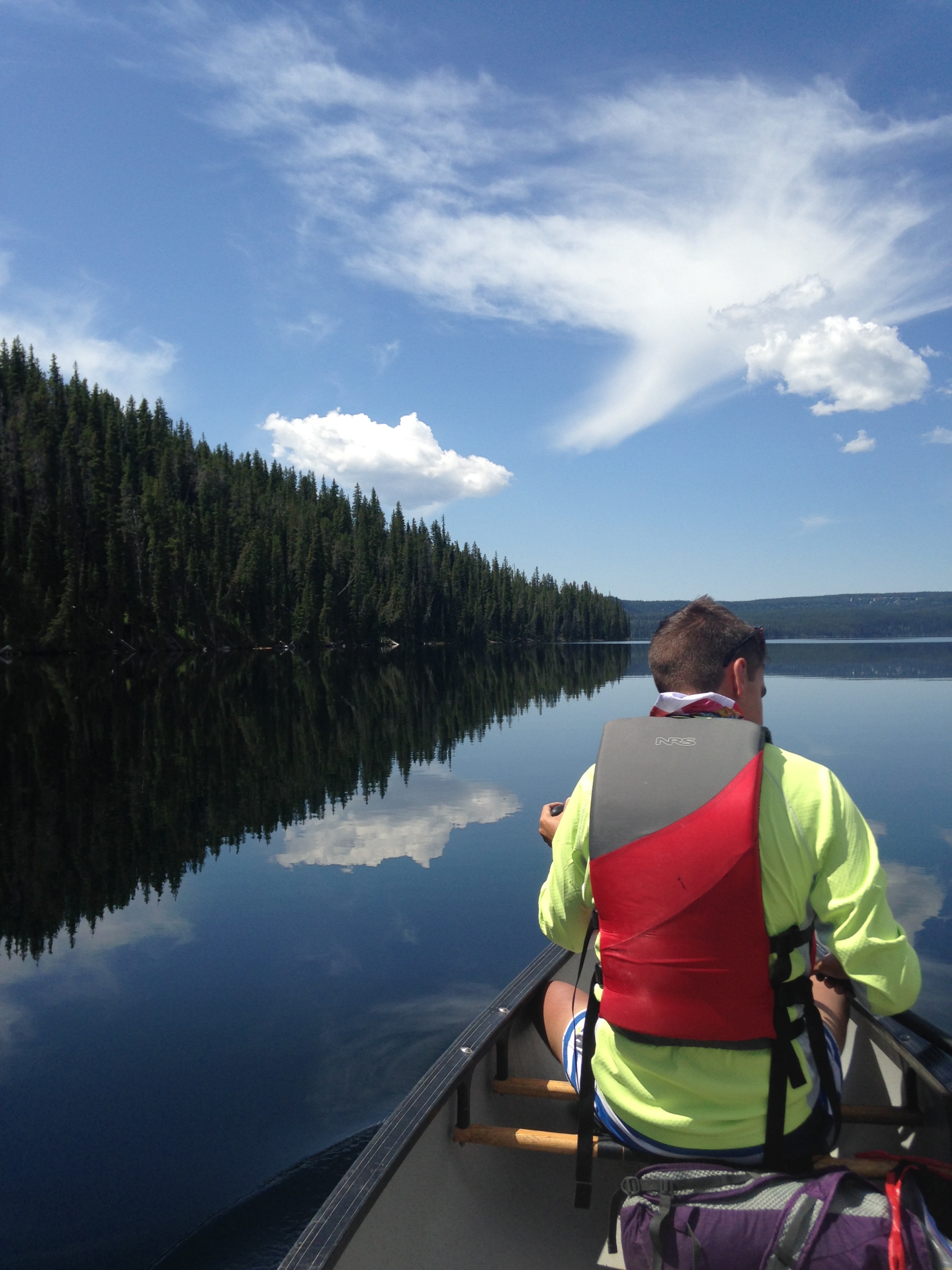 According to many experts, children need to be bored in order to let their creativity soar. Sandi Mann and Rebekah Cadman of the University of Central Lancashire in the UK
According to many experts, children need to be bored in order to let their creativity soar. Sandi Mann and Rebekah Cadman of the University of Central Lancashire in the UK 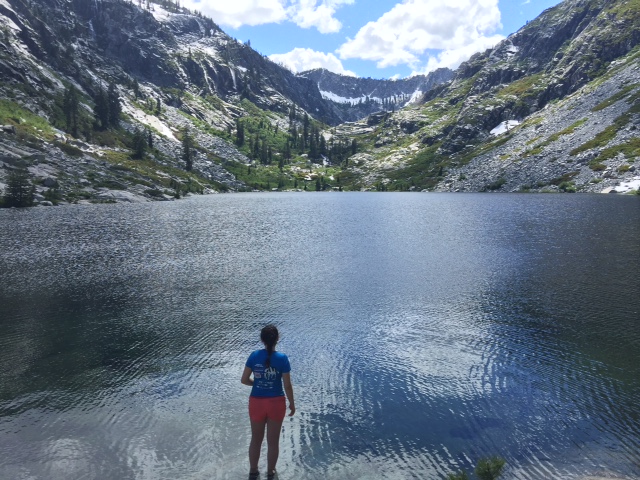 Many positive benefits have been credited with allowing boredom into your life: more productivity, increased goals, greater awareness of your community. Of course, it’s tough for kids to find the time (and motivation) to unplug and allow their minds to simply wander. While researching for this blog, I set aside a small amount of time a few times a week to sit quietly on my porch with no task or electronics. It was hard at first—I would notice yard work or cobwebs and feel compelled to “fix everything.” It became easier with practice, and I did notice my thoughts shifting to appreciating the small things, like how beautifully blue the sky was, or to reminding myself to catch up with folks that were not in my day-to-day life.
Many positive benefits have been credited with allowing boredom into your life: more productivity, increased goals, greater awareness of your community. Of course, it’s tough for kids to find the time (and motivation) to unplug and allow their minds to simply wander. While researching for this blog, I set aside a small amount of time a few times a week to sit quietly on my porch with no task or electronics. It was hard at first—I would notice yard work or cobwebs and feel compelled to “fix everything.” It became easier with practice, and I did notice my thoughts shifting to appreciating the small things, like how beautifully blue the sky was, or to reminding myself to catch up with folks that were not in my day-to-day life.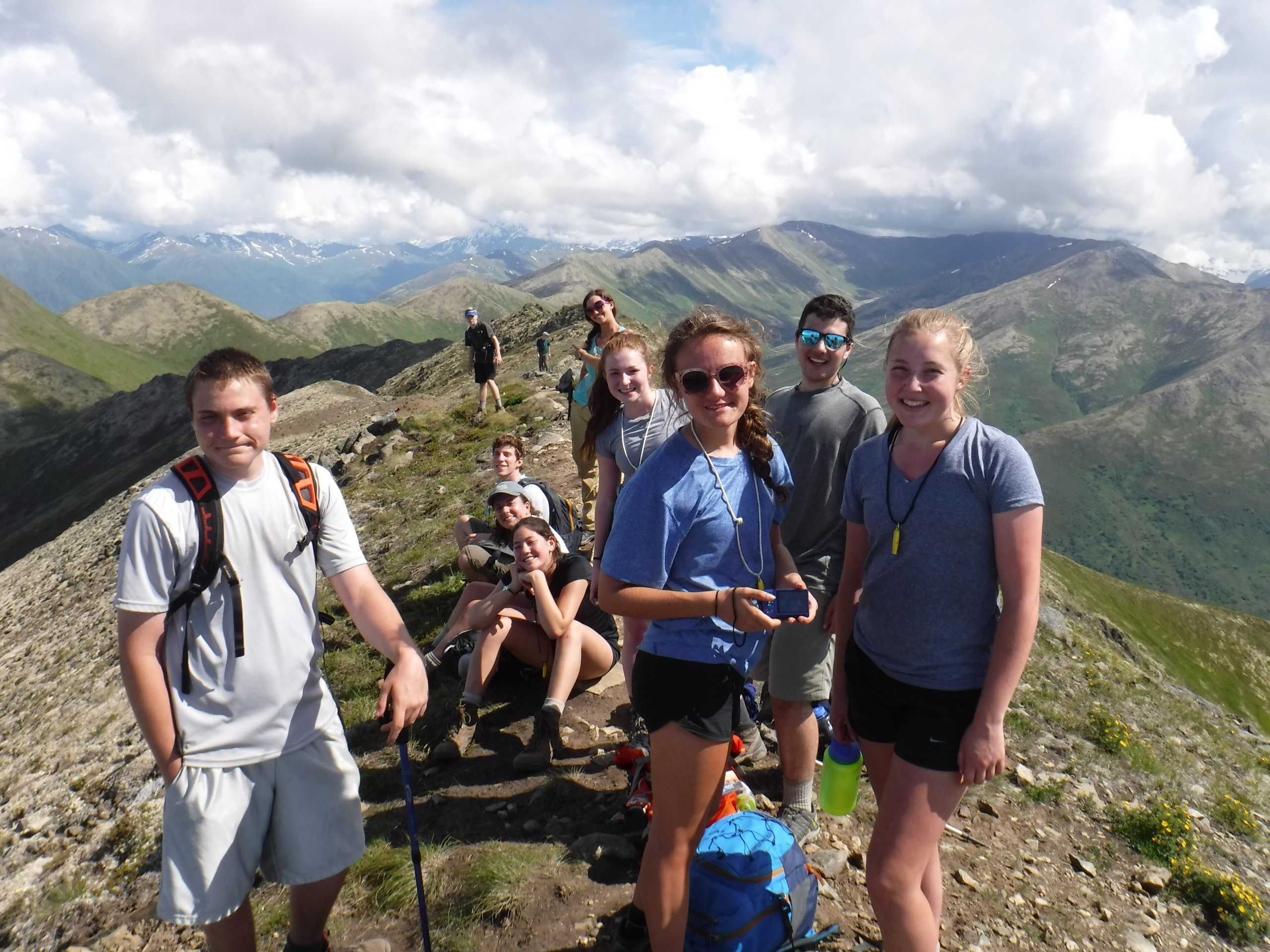 We originally wrote this blog as a polite response to a parent who has decided that as much as her son loves Adventure Treks, next summer, he will instead devote his time to SAT prep courses and college essay writing clinics instead of returning to the mountains he loves.
We originally wrote this blog as a polite response to a parent who has decided that as much as her son loves Adventure Treks, next summer, he will instead devote his time to SAT prep courses and college essay writing clinics instead of returning to the mountains he loves.